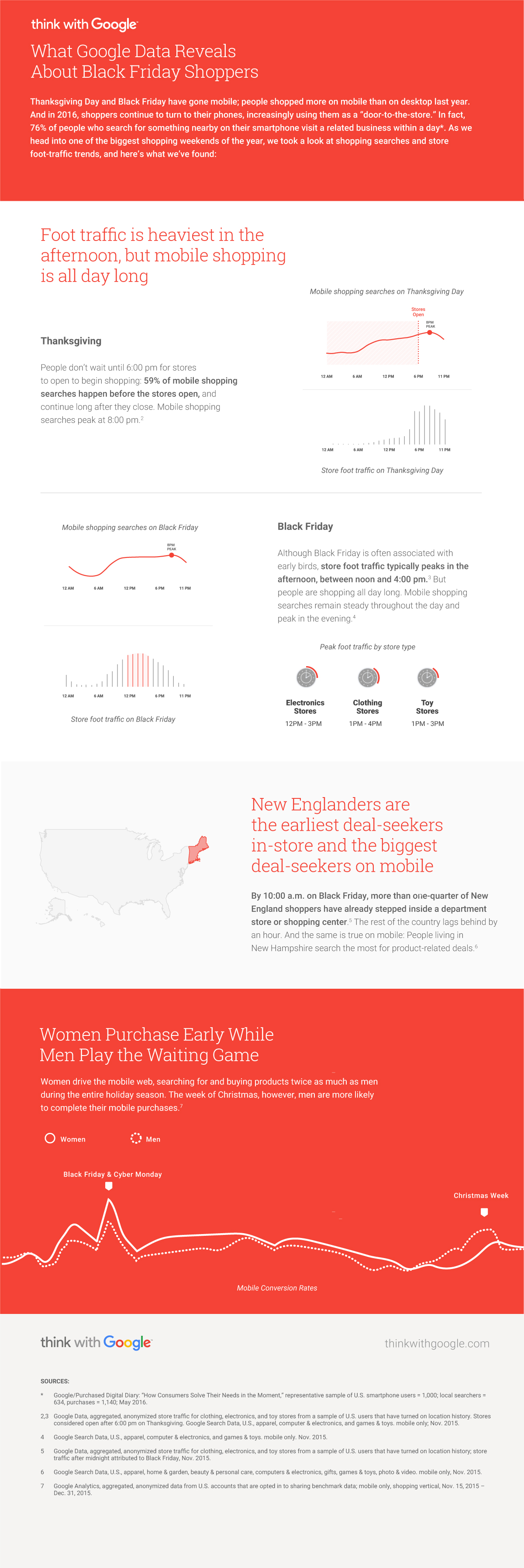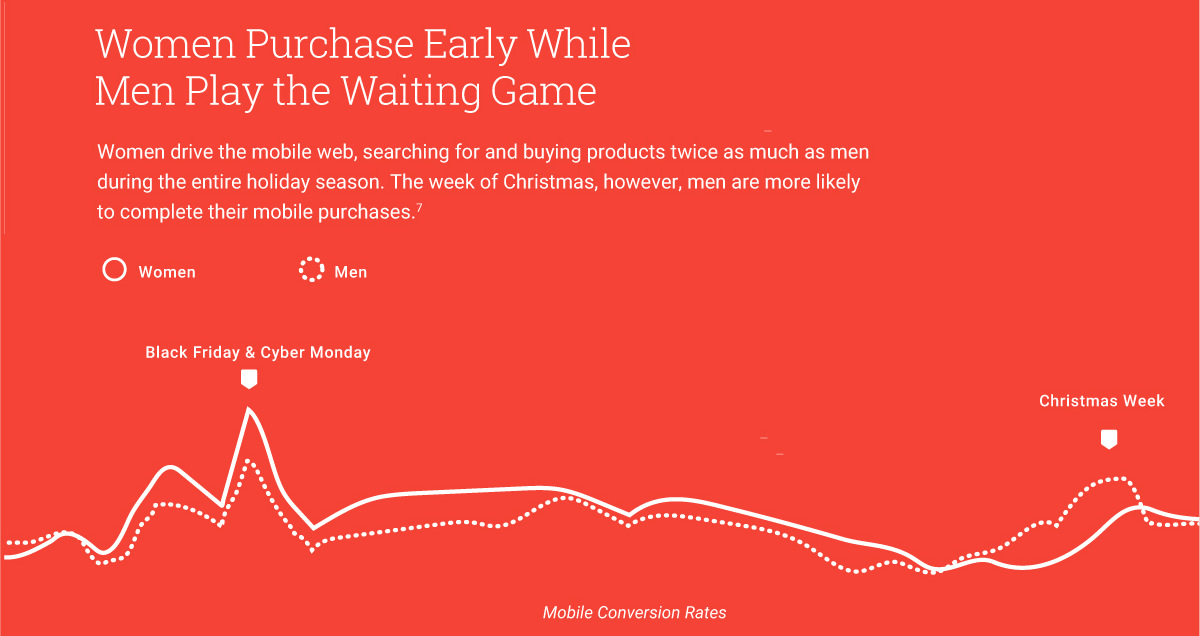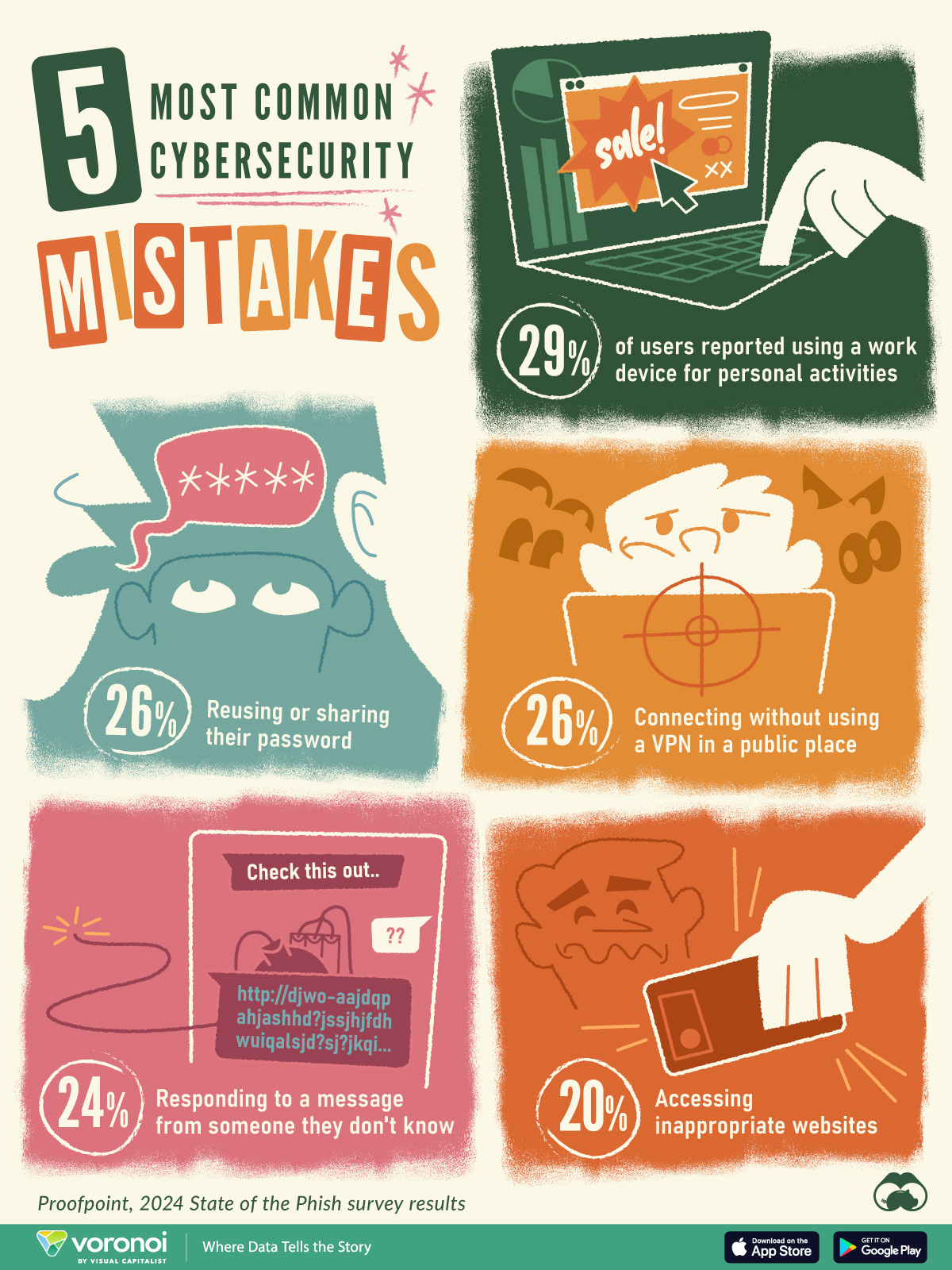Technology
Google Makes Four Predictions About Black Friday Shoppers

Google Makes Four Predictions About Black Friday Shoppers
Thanksgiving weekend is here, and it kickstarts a holiday shopping season in which consumers are expected to spend a hefty $655.8 billion.
And while massive amounts of store foot traffic is nothing new, the way consumers search and shop on their mobile devices is a relatively new phenomenon. In fact, 76% of people who search for nearby products on their smartphones end up visiting brick-and-mortar businesses within a day.
The folks at Think With Google have crunched the numbers to see if there is any interesting correlations between mobile searches and location data. Their findings are below, and it may be interesting to compare their predictions to your own family’s activities this weekend.
Google’s Predictions
1. Even though foot traffic peaks at 6pm on Thanksgiving day to kick off early Black Friday deals, the shopping actually starts much earlier. Mobile searches happen throughout the day for deals, and 59% of them happen before stores even open.
2. On Black Friday itself, foot traffic peaks between 12pm and 4pm, but mobile searches remain very constant throughout the day. Peak time for mobile searches is at 8pm, which seems a little counterintuitive.
3. New Englanders are the most hardcore Black Friday shoppers. By 10am on Black Friday, more than one-quarter of New England shoppers have already visited a store. The rest of the country lags behind by about an hour.
4. Women buy early and often, and men wait until the last minute. During the whole holiday season, women buy twice as much as men. It’s only the week before Christmas that men are more likely to complete holiday purchases.
Technology
Visualizing the 5 Most Common Cybersecurity Mistakes
Here are the top actions that pose cybersecurity risks, as the threat landscape evolves with greater complexity and sophistication.

The 5 Most Common Cybersecurity Mistakes
This was originally posted on our Voronoi app. Download the app for free on iOS or Android and discover incredible data-driven charts from a variety of trusted sources.
Cyber attacks are becoming more prevalent with increasingly damaging outcomes, presenting new cybersecurity risks to users.
But in spite of the ever-evolving threat landscape, many of the best defenses remain the same. This includes the basics like creating strong passwords and avoiding malicious links. Yet often, people take unnecessary risks due to convenience, among other factors.
This graphic shows the top cybersecurity mistakes in 2023, based on data from Proofpoint.
The Most Common Mistakes Made by Users
Below, we rank the most common risky actions that people made online in 2023, based on a survey of 7,500 end users across 15 countries:
| Risky Action / Cybersecurity Mistake | Share of Users Who Reported Taking This Action |
|---|---|
| Using work device for personal activities | 29% |
| Reusing or sharing password | 26% |
| Connecting without using a VPN at a public place | 26% |
| Responding to a message from someone they don't know | 24% |
| Accessing inappropriate websites | 20% |
Overall, 71% of respondents said they made a cybersecurity mistake, with the vast majority doing so knowingly.
As we can see, the most common error was using a work device for personal activities followed by reusing or sharing a password. These actions were shown to be motivated by convenience, time-saving benefits, or urgency across users.
Ranking in third was connecting to WiFi networks in public spaces without using a virtual private network (VPN). This presents risks, because when a user connects to public WiFi, it exposes them to unsecured networks. These networks allow cybercriminals to intercept sensitive information, such as login credentials and personal messages.
By using a VPN, it prevents malicious actors from stealing personal information through creating an encrypted tunnel that hides a user’s location and other personal data.
Top Cybersecurity Risks, According to Professionals
While the above data deals with the most common risks taken by users, the same report by Proofpoint also highlights the professional view around what risks are actually the most dangerous.
According to a survey of 1,050 security professionals, clicking on links or downloading attachments from someone that they don’t know was considered the most risky action users could take. By downloading an infected file, it exposes users to computer viruses and malware that mine a computer or device for personal data.
In addition, reusing passwords posed the second-highest security threat, followed by accessing inappropriate websites.
Overall, there is a strong degree of overlap between the top cybersecurity mistakes and the most common risks taken by users. In this way, it highlights how many respondents may be unaware of the scale of risk they expose themselves to, and the importance of using the basic tools to avoid financial losses and unwanted outcomes.
-

 Brands1 week ago
Brands1 week agoCharted: How the Logos of Select Fashion Brands Have Evolved
-

 Stocks2 weeks ago
Stocks2 weeks agoThe Growth of a $1,000 Equity Investment, by Stock Market
-

 Markets2 weeks ago
Markets2 weeks agoMapped: Europe’s GDP Per Capita, by Country
-

 Money2 weeks ago
Money2 weeks agoCharted: What Frustrates Americans About the Tax System
-

 Technology2 weeks ago
Technology2 weeks agoCountries With the Highest Rates of Crypto Ownership
-

 Mining2 weeks ago
Mining2 weeks agoWhere the World’s Aluminum is Smelted, by Country
-

 Personal Finance2 weeks ago
Personal Finance2 weeks agoVisualizing the Tax Burden of Every U.S. State
-

 Automotive2 weeks ago
Automotive2 weeks agoHow People Get Around in America, Europe, and Asia















